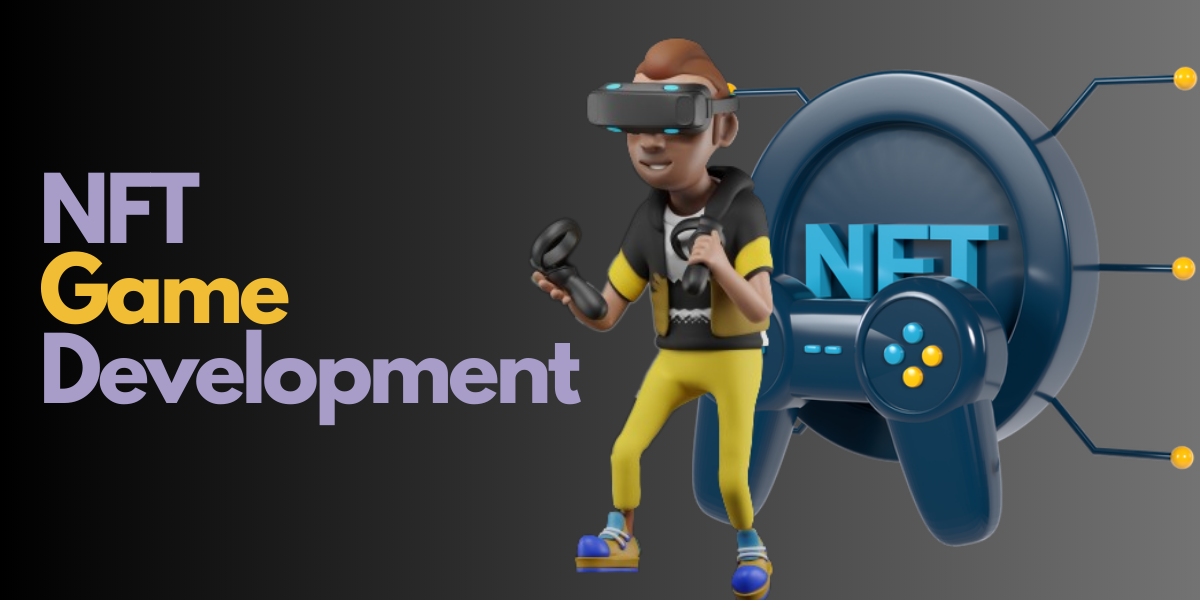ETL & ELT Solutions: Harnessing Talend for Data Integration
Data integration is the backbone of informed decision-making in today’s data-driven world. Our expert Talend Data Integration company leverages Talend’s robust capabilities to streamline the ETL (Extract, Transform, Load) and ELT (Extract, Load, Transform) processes. This ensures your data is consistent, accurate, and primed for analytics. In this blog, we’ll explore the intricacies of ETL and ELT solutions, how Talend optimizes these processes, and the benefits they bring to your business.
Understanding ETL and ELT Processes
ETL (Extract, Transform, Load):
1. Extract: Data is extracted from various sources such as databases, applications, and files.
2. Transform: The extracted data is transformed to fit operational needs, including data cleansing, aggregation, and conversion.
3. Load: The transformed data is then loaded into a target data warehouse or database.
ELT (Extract, Load, Transform):
1. Extract: Data is extracted from source systems.
2. Load: The raw data is loaded directly into the target system.
3. Transform: Data transformation occurs within the target system, utilizing its processing power and capabilities.
Why Choose Talend for Data Integration?
1. Comprehensive Toolset:
Talend offers a comprehensive suite of tools for data integration, data quality, and data management. Its open-source foundation provides flexibility and scalability, making it suitable for various business needs.
2. Seamless Data Integration:
Talend ensures seamless data integration from multiple sources, including cloud applications, on-premise databases, and big data platforms.
3. Real-Time Processing:
Talend supports real-time data processing, enabling businesses to make timely decisions based on the most current data available.
4. Enhanced Data Quality:
With built-in data quality tools, Talend helps identify and rectify data inconsistencies, ensuring that your analytics are based on accurate and reliable data.
5. Scalability and Flexibility:
Talend’s scalable architecture allows it to handle large volumes of data, making it ideal for businesses of all sizes. Its flexibility ensures it can adapt to evolving data integration requirements.
Benefits of Using Talend for ETL and ELT
1. Improved Data Consistency:
By automating the ETL and ELT processes, Talend ensures that data is consistently updated and maintained across all systems, reducing discrepancies and improving data reliability.
2. Enhanced Decision-Making:
With clean, consistent data, businesses can perform more accurate analytics, leading to better-informed decisions and strategic insights.
3. Cost Efficiency:
Talend’s open-source model reduces licensing costs, and its efficiency in processing large datasets minimizes resource utilization, lowering overall operational costs.
4. Faster Time-to-Insight:
Talend’s real-time processing capabilities accelerate the time it takes to derive actionable insights from data, allowing businesses to respond swiftly to market changes.
5. Regulatory Compliance:
Talend helps maintain data governance and compliance with industry regulations by ensuring data integrity and security throughout the integration process.
Conclusion
Leveraging Talend for your ETL and ELT solutions ensures your data is consistent, accurate, and primed for analytics. Our expert Talend Data Integration company is dedicated to harnessing Talend’s capabilities to streamline your data processes, facilitating more informed decision-making and driving business success. By improving data quality, enhancing decision-making, and ensuring cost efficiency, Talend stands out as a leading solution for modern data integration needs.
FAQs
Q1: What is the difference between ETL and ELT?
A1: ETL involves extracting data, transforming it before loading into the target system. ELT, on the other hand, involves extracting data, loading it into the target system, and then transforming it within the target system.
Q2: Why is Talend a preferred tool for data integration?
A2: Businesses prefer Talend for its comprehensive toolset, real-time processing capabilities, enhanced data quality features, scalability, and flexibility, making it suitable for various needs.
Q3: How does Talend improve data consistency?
A3: Talend automates the ETL and ELT processes, ensuring consistent data updates and maintenance across all systems, which reduces discrepancies and improves data reliability.
Q4: Can Talend handle large volumes of data?
A4: Yes, Talend’s scalable architecture allows it to handle large volumes of data, making it ideal for businesses of all sizes.
Q5: How does Talend support regulatory compliance?
A5: Talend helps maintain data governance and compliance with industry regulations by ensuring data integrity and security throughout the integration process.
Q6: What are the cost benefits of using Talend?
A6: Talend’s open-source model reduces licensing costs, and its efficient processing minimizes resource utilization, lowering overall operational costs.









